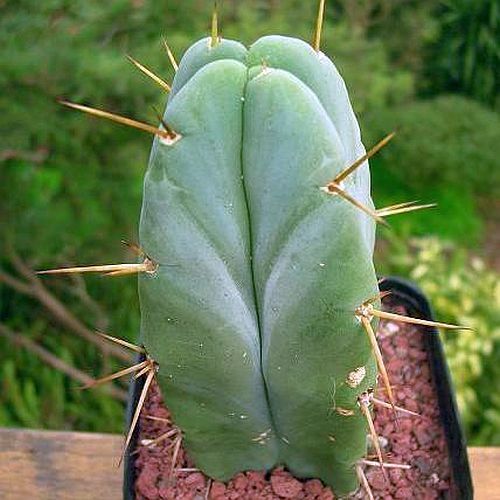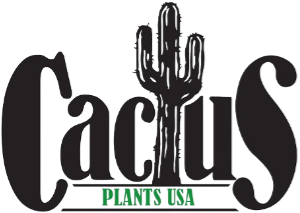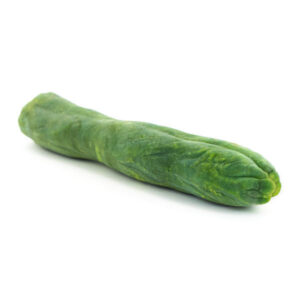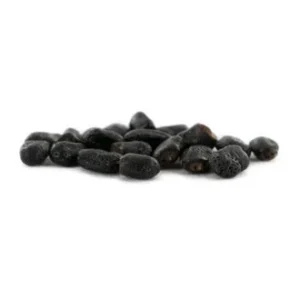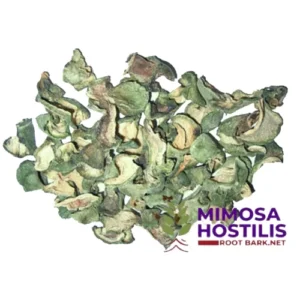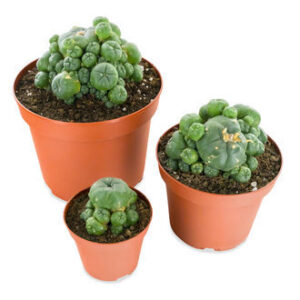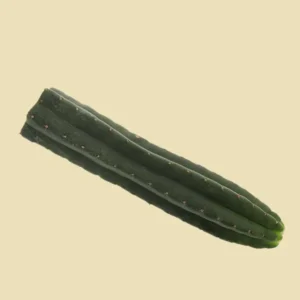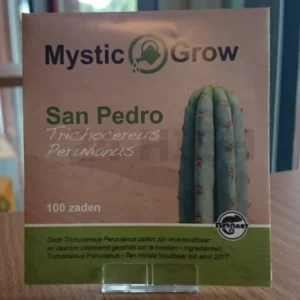Trichocereus bridgesii is a pretty simple plant to cultivate, but there are a few things to keep in mind to ensure its success. First, ensure that the plant is placed in well-draining, organic-rich soil. Second, water the plant sparingly but thoroughly. Third, the plant loves direct, strong sunshine.
Fourth, although the plant likes warm weather, it can tolerate light frost. Fifth, while the plant does not need much fertilizer, you may feed it with a balanced natural fertilizer once a year during the growth season. Last but not least, cuttings may be used to propagate it.
Yes, Trichocereus fruit may be eaten, and it is sometimes used to produce jams and jellies. However, it is crucial to remember that not all Trichocereus species yield edible fruit, and some species may produce poisonous or inedible fruit. If you want to consume Trichocereus fruit, you must first accurately identify the species and study if the fruit is safe to eat.
Trichocereus bridgesii is not toxic. However, like many cactus, it has spines that may inflict damage if handled incorrectly. To prevent harm, it is important to use gloves and exercise caution while touching the plant.
Furthermore, to avoid accidental intake or damage, keep plants out of reach of youngsters and dogs.
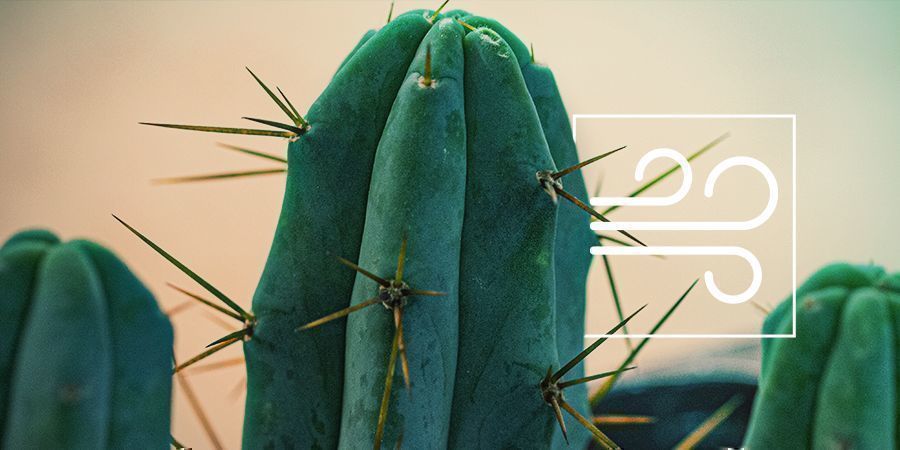
While most people are familiar with peyote and San Pedro, the two well-known mescaline cacti, many are unaware of Bolivian torch. While it isn’t as well-known in the media as the others, it’s just as interesting and mind-bending. That’s why we’ll go over all you need to know about this psychedelic cactus in this post.
Bolivian torch is a member of a large family of mescaline-containing cacti. These plants have been utilized for spiritual purposes for thousands of years and are being used for comparable purposes now.
However, the path to enlightenment might take you to some high and dry regions. That is, you will wind up in the lovely Bolivian high deserts, where this cactus normally flourishes. Sure, some individuals grow it abroad, but it’s difficult to obtain outside of its natural habitat.
As a consequence, prior to being able to acquire the seeds online, few people were able to experience its benefits. Instead of merely reading about it, you now get the opportunity to test it for yourself! But it doesn’t mean you should go in blind. Before you even consider attempting the Bolivian torch, we strongly advise you to read on to get more acquainted. Before experimenting with this or any other psychedelic, do your homework.
WHAT IS BOLIVIAN TORCH
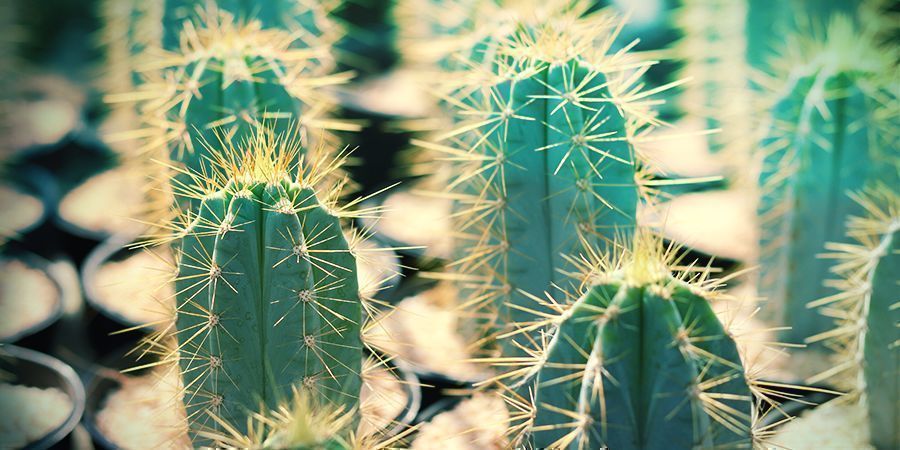
Bolivian torch, scientifically known as Echinopsis lageniformis, is a fast-growing columnar cactus. It may grow quickly in compared to other cacti, but even five-year-old specimens pale in contrast to those left alone outdoors. When they reach their greatest height, they may stand anywhere between two and five meters (6-15 feet) tall! Aside from their height, they’re not very attractive, seeming more simple and meek than they are in reality. Certain mature ones, on the other hand, will have a large flower growing on top of their head.
“Who cares about appearances? “Aren’t they just used for what’s inside?” Yes, most people do, however there is a sizeable population that values specific types for their look rather than their psychoactive characteristics. They seek up particular cristate and monstrous types of Bolivian torch to embellish their gardens, loving their unusual character.
Normally, psychedelic cacti aficionados would be upset about this. However, many of them seem to be unaware of the existence of the Bolivian torch! Unless you live in Bolivia, particularly the La Paz area, it is the least-used mescaline-containing cactus. Even among collectors of attractive cactus, few have Bolivian torch on their radar, much alone in their garden.
But why is this the case? Why hasn’t this cactus, which is equally as powerful and beautiful as the others, gained traction? We believe this is because not enough people were aware of it in the first place. However, as the news gets out, there’s no reason why this won’t fuel many more mescaline excursions in the future.
CACTUS OF THE FOUR WINDS
Naming, like everything else linked to psychedelics, is fraught with ambiguity. While some may refer to the Bolivian Torch as the “Cactus of the Four Winds,” this title really refers to a variant of the Bolivian Torch cactus!
If you come upon a four-ribbed cactus, consider yourself quite fortunate. Making such finding, according to local folklore, means you’re either a great shaman or on your way to becoming one. The Cactus of the Four Winds, as you may have guessed, has four ribs.
While the actual psychedelic effects are comparable to those of the normal Bolivian Torch, it has unique significance in its original area owing to the holy aspect of the number four. In addition, these cacti may be found in high-altitude areas of Bolivia. Given their environment and the fact that they both contain mescaline, it’s easy to believe they’re the same thing.
IDENTIFYING BOLIVIAN TORCH
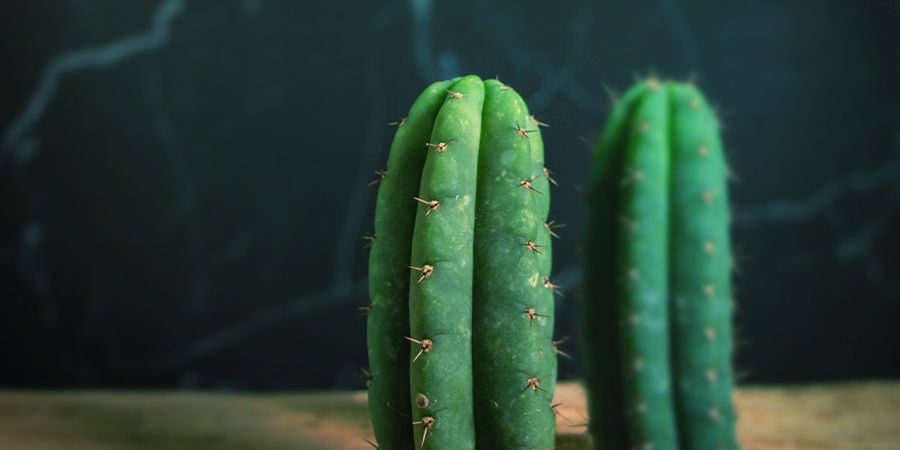
Bolivian departments of La Paz, Cochabamba, Chuquisaca, Santa Cruz, and Tarija have wild varieties. These rapidly developing columnar specimens may reach astounding heights of 2-5m and a typical diameter of 15-20cm. The stem is dull greyish-green (glaucous) at first but darkens to a deeper green with maturity.
These cacti have a minimum of four and a maximum of eight ribs. Typically, specimens grow 5-7 ribs. Each rib has honey-colored to brown spines that arise in groups of up to four from nodes 3cm apart. These razor-sharp structures may grow to be 6-10cm long.
During the summer, the Bolivian torch produces huge white blooms. These fragrant blooms bloom at night and may reach a diameter of 20cm.
HOW TO GROW BOLIVIAN TORCH
Bolivian torch may be cultivated quite easily at home. You may grow your cactus from seed or from a cutting.
GROWING FROM SEED
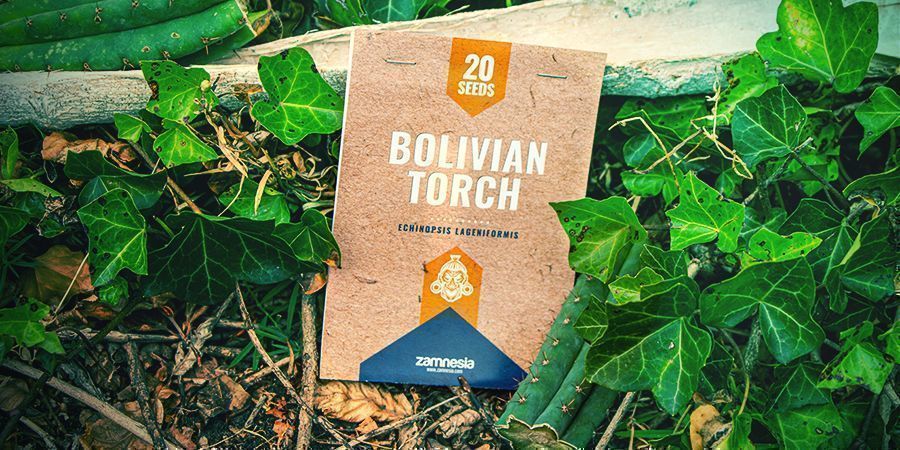
If you’re beginning from seed, use a cactus potting mix—basically a combination of sand, dirt, and peat moss—to germinate the necessary number. Remember that cactus are not like other plants. They developed in the desert and prefer an aerated, low-nutrient growth substrate.
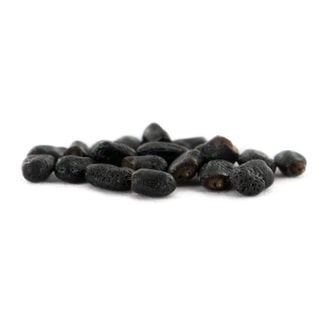
BOLIVIAN TORCH (ECHINOPSIS LAGENIFORMIS) 20 SEEDS
Here’s how to grow a Bolivian torch from seed:
- Grab some small, shallow pots and clean them thoroughly.
- Fill each pot with moistened cactus potting mix.
- Sow several seeds in each pot to maximize the germination rate. Place them on the surface, around 3cm apart, and delicately press them into the potting mix.
- Cover each pot with a thin layer of perlite and mist with water. Cover each pot with a layer of plastic film to trap moisture.
- Try to maintain a temperature of 23°C, and expose your pots to 6–8 hours of sunlight each day.
- Only water your babies when their pots dry out. When they need a drink, fill a shallow tray with water and place the pots inside. Water them from the bottom for 20 minutes and then return them to their original spot.
- Your seed will germinate within one month. Thin the seedlings down to one per pot and slowly remove the plastic film over the course of a week to avoid shocking your cacti.
- Transplant your cacti into larger containers and move them into your garden. Start them off in light shade over the first summer and move them into an exposed area when autumn comes around.
STARTING WITH A CUTTING
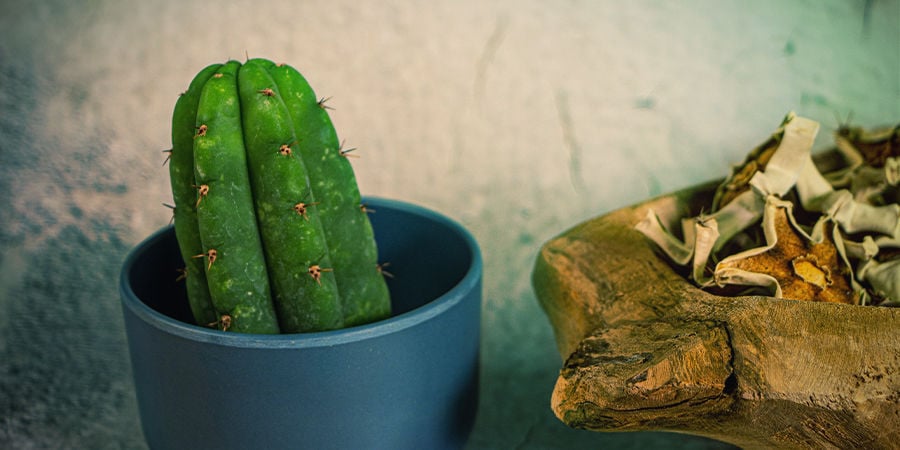
Starting with a cutting allows growers to skip the germination phase.
Here’s how to start your Bolivian torch from a cutting:
- The base/wound of the cutting should be completely dry. If not, place it horizontally in a dry location until the moisture evaporates.
- Place your cutting vertically in a dry container and allow it to dry for another two weeks at a temperature of 20–25°C.
- After two weeks have passed, place your cutting vertically into a dry rooting medium such as perlite. Leave it in the dry mixture for 4–6 weeks. Do not water your cutting during this time!
- After four weeks, take out the cutting and check for roots. If there’s no sign of life, place it back into the rooting mix. If you see roots, it’s time to repot your cutting.
- Place the cutting into a clean pot filled with cactus potting mix. Water your cutting and transfer it to your garden or a well-lit windowsill.
BOLIVIAN TORCH (ECHINOPSIS LAGENIFORMIS)
HOW TO PREPARE BOLIVIAN TORCH
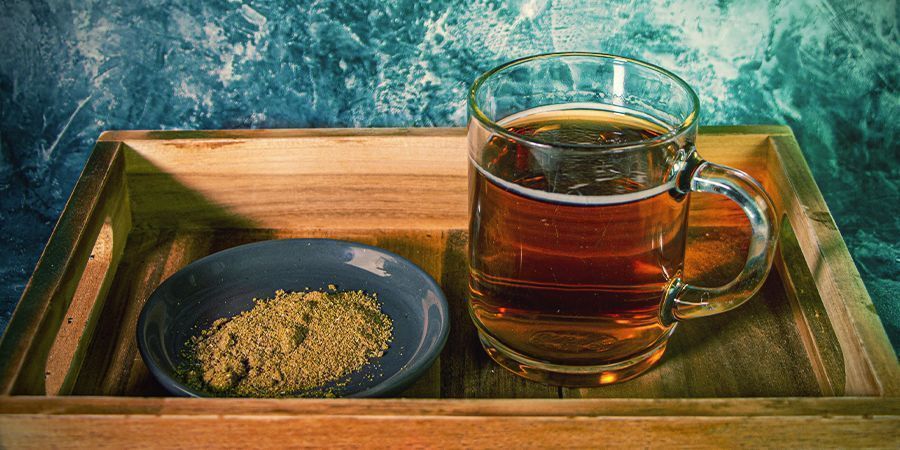
Bolivian torch may be consumed in a variety of ways. You may eat it raw, turn it into capsules, or make a tea out of it.
Bolivian torch is highly bitter and almost unpleasant, making it unsuitable for picky eaters. If you want to consume your cactus, you must remove the skin and spines, leaving just the mescaline-rich pulp.
By powdering the cactus, people may avoid the unpleasant taste. The dry powder may be mixed into delicious smoothies or placed in capsules and consumed.
Another more enjoyable method to ingest Bolivian torch is to make a cactus beer. To fight the bitterness, you’ll need to boil it for a while, filter it, and add some honey.
HOW MUCH BOLIVIAN TORCH TO TRIP?
Dosing Bolivian torch—and, more broadly, mescaline cacti—remains an imprecise science. Scientists haven’t determined specific amounts, and mescaline levels in cacti may fluctuate based on things including age.
For the time being, cactus enthusiasts must depend on anecdotal information, imprecise estimates, and personal testing.
WHAT ARE THE EFFECTS OF BOLIVIAN TORCH?

Nobody should take mescaline lightly as a potent hallucinogenic. To psychologically and physically prepare for the event, read about set and setting here.
Following intake, you will begin to feel the effects. The alkaloids that give Bolivian torch its bitterness often induce bodily pain at this period. However, the sensation normally fades after 1-2 hours.
Eventually, a more strong impact takes hold. The journey normally lasts 8-12 hours and has a peak time of 2-4 hours. You will most likely feel a conflicting blend of pleasurable and unpleasant feelings throughout this period, including:
- Visual hallucinations
- Feelings of connection to yourself, others, and the universe
- Increased feelings of openness and empathy
- Synaesthesia, or blending of the senses—you might hear colours and taste sounds
- Ego death
- Potential “bad trip”
What To Do When You Have A Bad Trip
BOLIVIAN TORCH VS PERUVIAN TORCH
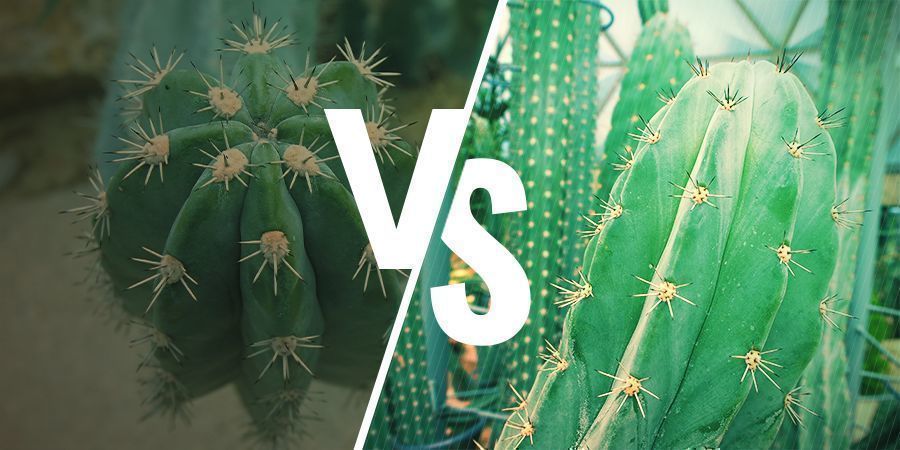
The triumvirate of notable mescaline-containing cacti includes San Pedro, peyote, and Peruvian torch. The Bolivian and Peruvian torch have some remarkable resemblance, yet they are actually distinct species with distinct characteristics.
|
Bolivian Torch Profile |
Peruvian Torch Profile |
| Botanical name |
Echinopsis lageniformis |
Echinopsis peruviana |
| Height |
2–5m |
3–6m |
| Diameter |
15–20cm |
8–18cm |
| Colour |
Dull, greyish-green stem |
Blueish-green stem |
| Ribs |
4-8 |
4–8 |
| Spines |
Honey-brown, 6–10cm in length |
Honey-brown, 1–4cm in length |
| Flowers |
Large, white, fragrant, night-blooming |
Large, white |
| Average mescaline content |
0.56% by dry weight |
0.24% by dry weight |
| Native range |
High deserts of Bolivia |
Western slope of Andes, Peru |
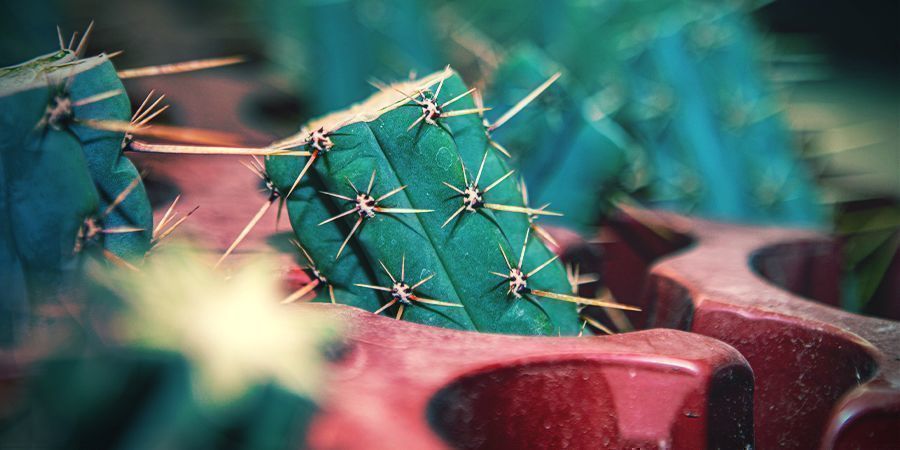
Any mescaline cactus aficionado should have a Bolivian torch in their collection. This unusual and elusive species will add interest to your genetic repository, and it will make an excellent subject of discussion when your friends come over to see your botanical collection.
If you like mescaline and are a psychonaut, you should try Bolivian torch. Check this unique experience off your list.
The Cactus Plants USA shop sells Bolivian torch seeds and Bolivian torch “Monstrose” cuttings. Our items are always sent in discrete packaging.
